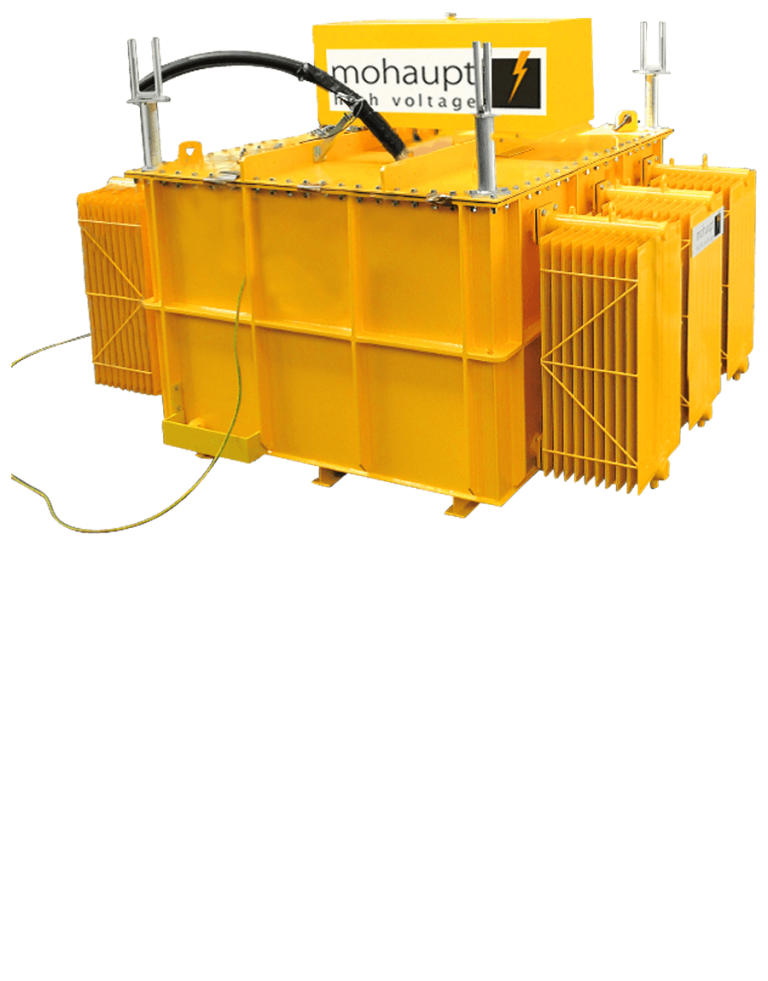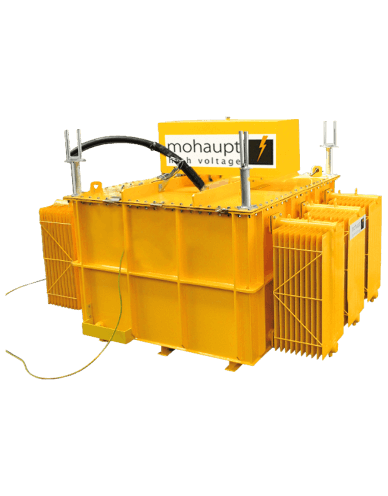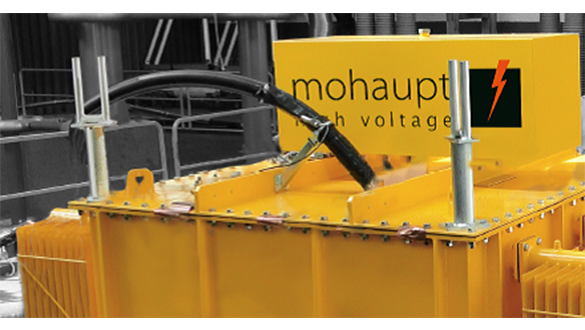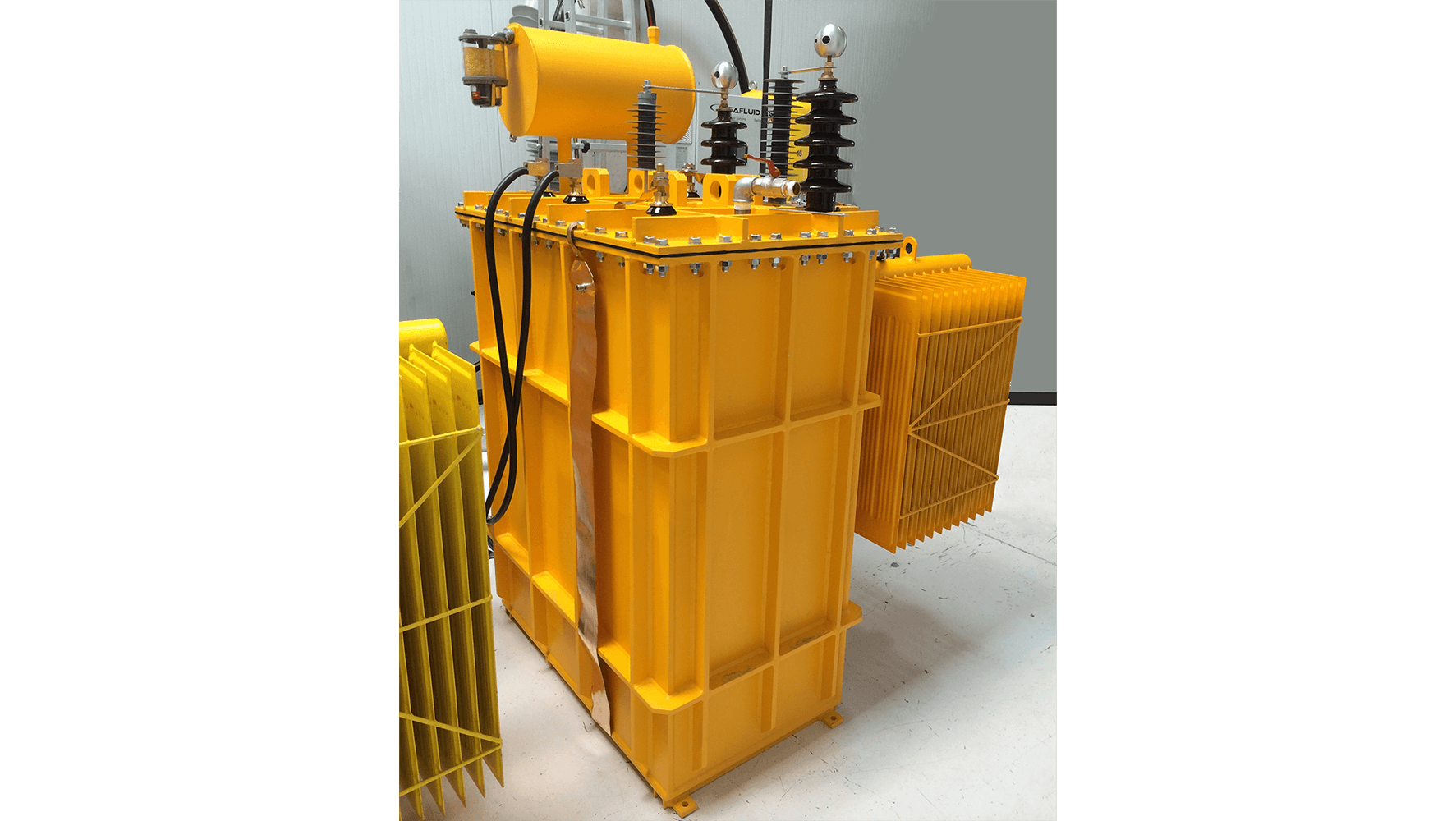



In the last years the demand for testing extra-long cables, such as submarine cables hast grown rapidly. The existing testing methods have been complemented by a new testing technology called DRT (Differential Resonance Technology). This testing method enables testing extra-long cables by comparable small and light-weighted equipment, due to using a lower frequency of the test voltage, e.g. 0,1Hz. Therefore the power required for the test source drops significantly.



by cable outlet


- Overcomes existing limitations in cable length and voltage level
- Provides reliable and reproducible test results
- Compact, fully encapsulated system set-up consisting of a high voltage and a control unit
- Compact design and high output ratings as compared to conventional systems
- The system delivers a VLF output voltage signal for high and ultra-high voltage testing purposes in a compact and economical format
- Economically sound operation: design focused on operational efficiency and effectiveness

Type
Rated voltage (kV rms)
Max. load capacitance (µF)
System weight (t)
Dimension
(l x w x h)
DRT 150-3
5,5
1,2 x 2,0 x 1,4
DRT 200-1
6,5
1,8 x 2,0 x 1,4
DRT 220-20
3,5 x 2,2 x 2,1
DRT 400-2
3,5 x 2,2 x 2,6

The DRT method is based on a beat frequency generator, supplying a high frequency beat oscillation with a low frequency modulation. This low frequency modulation is demodulated to the low frequency test voltage. Within the demodulator the energy stored in the load capacitance needs to be dissipated. This is done by means of cascade resistors, which can be adjusted in a wide range by means of sets of thyristors being used for the demodulation. The DRT method has been proven to perform well. On site experience exists. So far, the input power required - and to some extent in direct relation to this - the size and weight of the equipment was optimized by using mathematical algorithms.



